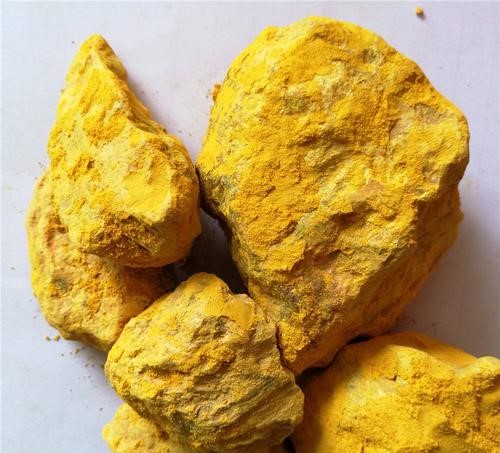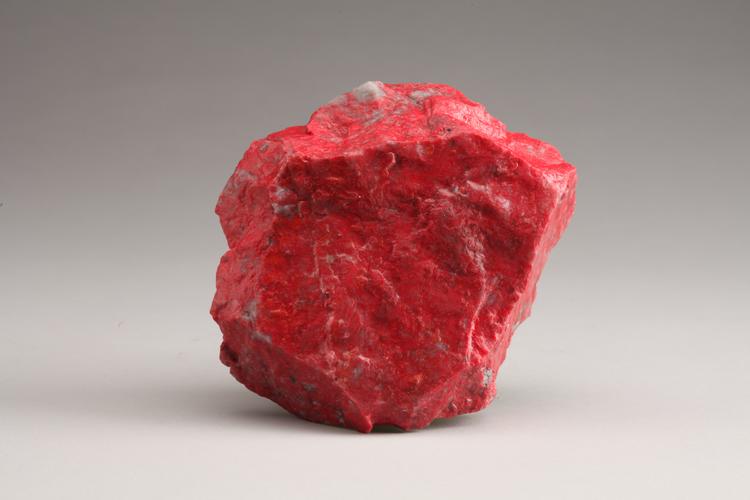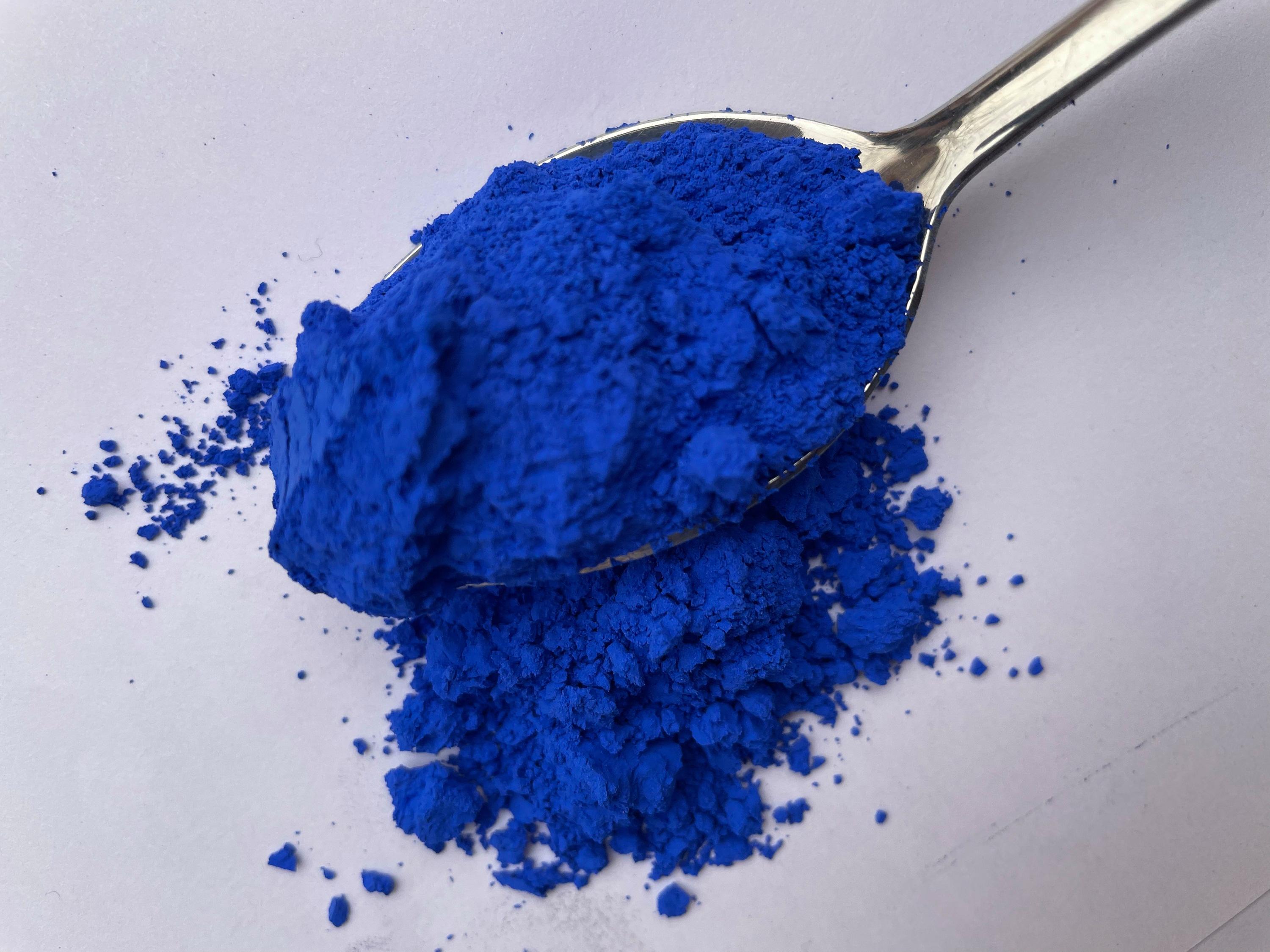Ancient Chinese murals are composed of three distinct layers: the supporting structure (which can be a wall or cliff), the underlayer (also referred to as the foundation layer, plaster layer, or mud layer), and the pigment layer (also known as the picture layer). Paintings couldn't be directly drawn in the Mogao Grottoes because of the rough cave wall texture. Normally the wall was first coated with a coarse layer of mud and a fine layer of mud that contained reinforcing substances such as wheat straw, hemp, cotton, or animal fur. The early murals were crafted on a delicate layer of mud. As cultural exchanges between China and the West progressed, artists started to apply a white primer on the fine mud layer after the Western Wei Dynasty. This technique not only facilitated the application of pigments but also made the colors more prominent. In addition to white, murals were frequently adorned with colors such as red, blue, green, yellow, and black, while brown, purple, gray, and gold were used less often. Brown resulted from the discoloration of red, purple and gray were produced by blending discolored pigments with white or other pigments or by layering them together, and gold was generated by using gold foil.

Orpiment (yellow)

Cinnabar (red)

Azurite (blue)
 简体中文
简体中文
